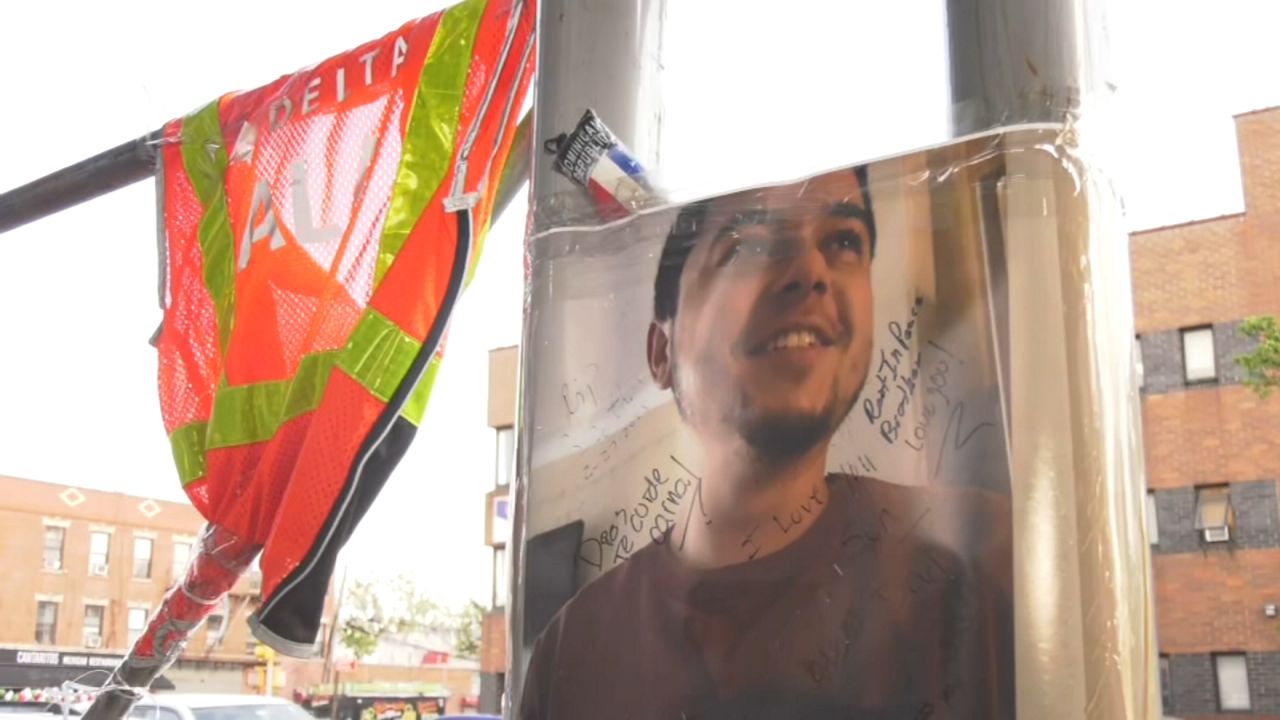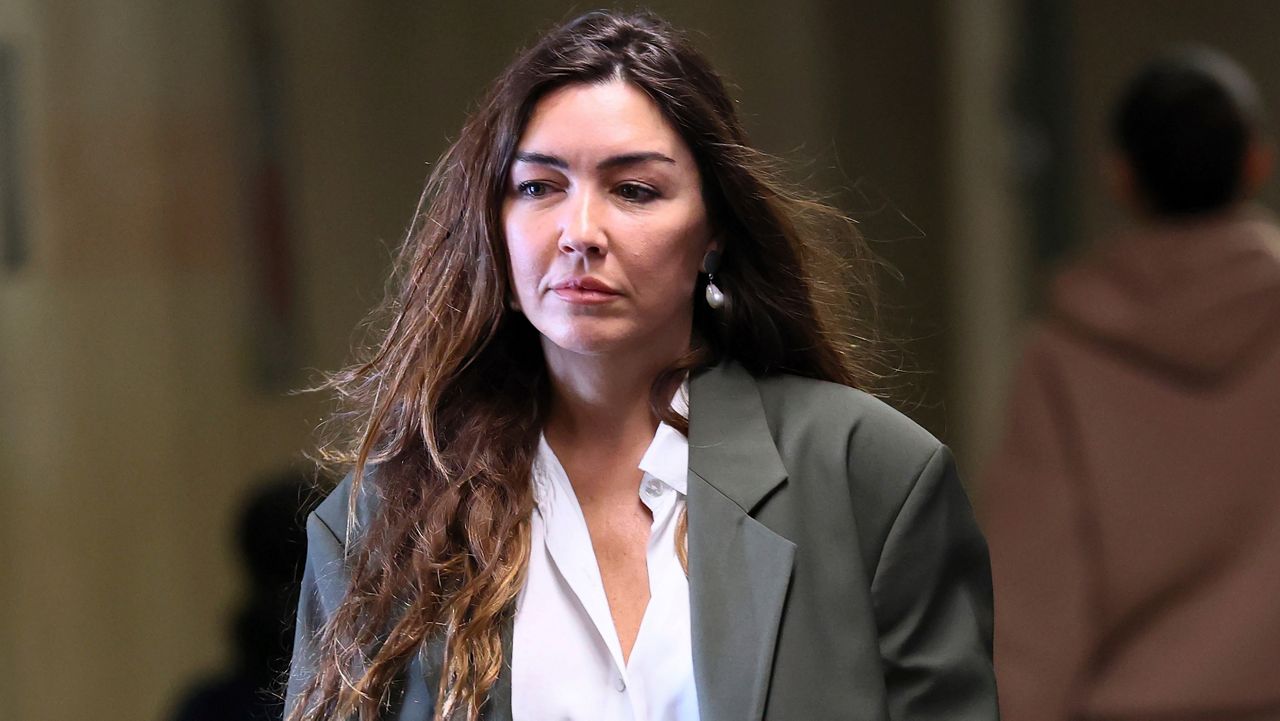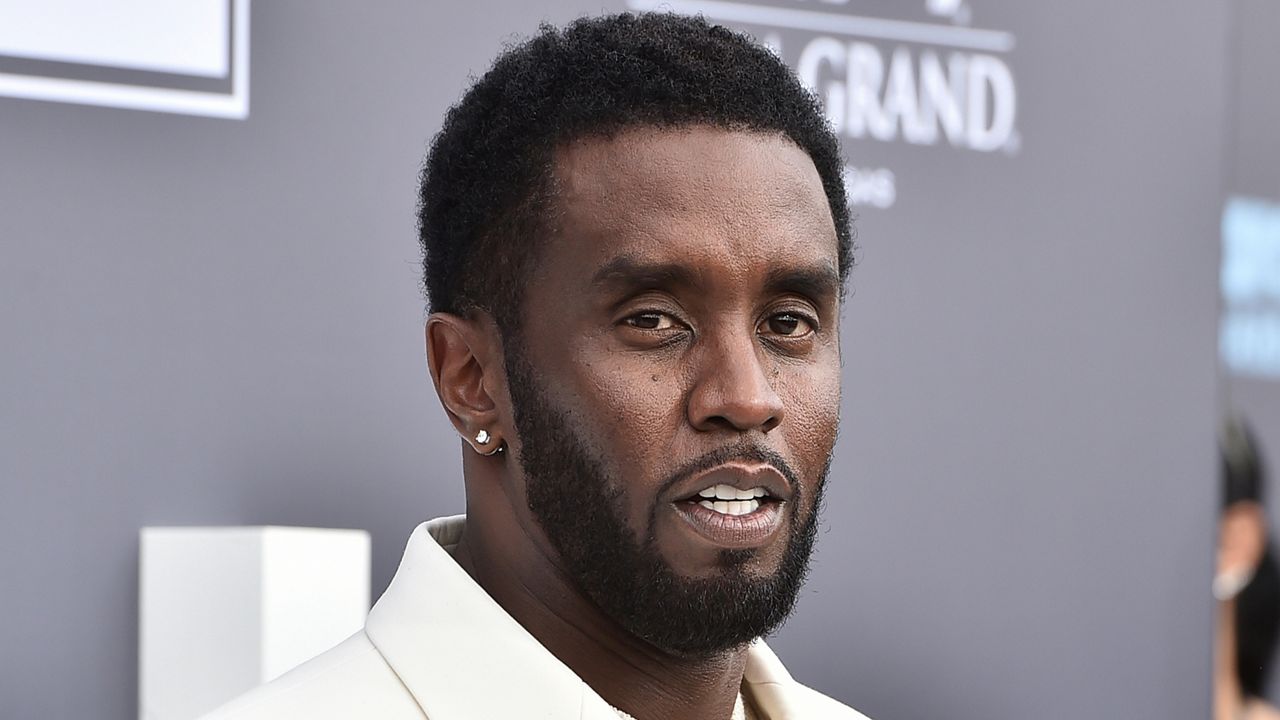The short time span from mid-August to mid-September of 2021 was a particularly grim chapter for at-risk children in New York City.
Julissia Batties. Legacy Beauford. Aisyn Gonzalez. Jace Eubanks. All four, killed. Attorney Derek Sells describes what he says was a massive failure on the part of New York City to protect these children.
“All separate cases, but the failure was the same," Sells said. “And so that is the common thread: the fact that at-risk children are not being protected. And you had four failures in a four-week period that allowed for these children to die.”
What You Need To Know
- In less than five weeks in the summer of 2021, four children were beaten to death, according to the city's Medical Examiner. Each of these children had a case file with ACS, the Administration for Children's Services
- Attorney Derek Sells is suing the city on behalf of one of the victims, 4-year-old Jace Eubanks. “All separate cases, but the failure was the same," Sells said
- In 2016, the Department of Investigation found "high-level, systemic problems,” at ACS. But ACS did not adopt the DOI recommendation that it publicly release its reports "in the interest of child safety, transparency and accountability"
- New Jersey has transformed itself from one of the country's most troubled child welfare systems to what is now considered a national model. The turnaround has taken 20 years, and only happened because of a federal court monitor
Sells is suing the city for what he says are systemic failures to protect children living in abusive homes. The city's Law Department responded to the lawsuit Wednesday afternoon with the following statement: "The death of a child is tragedy no family should endure. The case is under review."
“And they suggested and recommended that there be better training and that there be more efficient management of these cases,“ Sells said, adding: “So the city failed to implement additional training. They failed to implement the recommendations that had been made.”
Sells is referring to recommendations that were made by the city’s Department of Investigation after the 2016 murder of 3-year-old Jaden Jordan, who had been fatally beaten. Jaden’s death launched several probes into how the city had failed this little boy.
In its report, DOI found that the "depth of errors... was so significant, and the errors involved the overall implementation of policies so basic that they go to the heart of ACS’s core mission of protecting children and implicate high-level, systemic problems.”
DOI made nine specific recommendations, including making referrals to the NYPD, audits and case practice reviews. ACS says it implemented all of them — except the recommendation reads: "The ACS Commissioner should publicly release this report upon conclusion of ACS’s fatality investigation, in the interest of child safety, transparency and accountability.”
ACS still declines to release this information. Commissioner Jess Dannhauser says ACS has "an internal monitor that tracks all of our recommendations that come in from anywhere, whether it's Department of Investigation, whether it's advocates that we're engaged with to make sure that we are delivering on what we commit to.”
But DOI is not an advocacy group. It is the city’s Inspector General, an independent law enforcement agency empowered by the City Charter to investigate city government. And its recommendations are derived from robust investigations.
Across the Hudson River, the state of child welfare in New Jersey is a very different story. In the past 20 years, it transformed from being one of the country’s most overburdened and mismanaged to what many now consider a national model.
The change was mandated by a federal judge after a class action lawsuit claimed the system was so dysfunctional that children were routinely abused, neglected and occasionally even killed. The settlement in that case required specific reforms, enforceable in federal court, and ongoing oversight by a monitor. Now, New Jersey is poised to formally exit court supervision sometime this spring.
Child welfare law expert Marcia Lowry was the lead attorney in the original case, and says New Jersey has "put in all kinds of safeguards."
"They monitor kids' cases. They take responsibility for kids' cases. I don't remember a bad maltreatment case in New Jersey since when we started that lawsuit," Lowry said. "That system has turned around dramatically. So that is a very, very good system.”
The New Jersey system is run by Christine Beyer, commissioner of the New Jersey Department of Children and Families. In describing the system’s turnaround, Beyer said: “Reform can only get you so far. And when you continue to reform in a current structure or a current system, you know, you're doing the same things. You're tweaking it and doing it a little differently, but basically you're going to get the same results. And so that's why when we talk about transformation, it's really thinking about, how do we do the work differently?”
A host of factors have contributed to the turnaround, including investing hundreds of millions of dollars to hire and train staff, launching a data collection system, upgrading its hotline and increasing services to families in need.
And while it's impossible to make a direct comparison between New York and New Jersey, because no two child welfare systems are exactly alike, there are a number of similarities, starting with population size. New York City has 8.4 million residents; the state of New Jersey has 9.2 million.
And there are noteworthy differences in outcomes for children under the supervision of welfare authorities.
One key metric is repeat maltreatment. This is when a child had a substantiated claim of maltreatment, remained in the home, and then was subject to maltreatment again. In New Jersey, those cases have fallen sharply. New York’s data has not followed the same trajectory.
Dannhauser says New Jersey should be commended on its turnaround.
“I think what's going on in New Jersey, and congratulate them, that is excellent work… we learn from everyone we possibly can, whether it's New Jersey or all around the country," Dannhauser said. "I'm proud that our maltreatment numbers are also headed in the right direction.”
“I think it's really challenging to be able to say why one system performs better than another,” Beyer said. But, she added: “I do think that in New Jersey, we're very deliberate in our recruitment and hiring and our training.”
New Jersey case workers are also paid more. On average, the starting salary after the trainee phase for a caseworker in New Jersey is $78,000. That’s about 40% more than the same worker would make in New York City. Supervisors make about 37% more in New Jersey, averaging more than $113,000. Some say the data proves that New York can — and should — do better.
“I've dealt with lots of child welfare systems around the country,” Lowry said. “New York City is a very insular system…. It is very, very hard to get New York City to change."
But as New Jersey has shown, change is possible — and crucial.
"There needs to be a way for children who cannot protect themselves to be protected by the city," Sells said.
New York’s ACS insists it is doing just that. It says that it conducts 50,000 investigations every year, and that it has implemented a number of measures to make its practices and policies more efficient and responsive to families, with the ultimate goal of providing better outcomes for children in need.
Editor’s note: This story was updated with a statement that NY1 received from the city Law Department Wednesday afternoon.







_Pkg_Car_Stolen_with_Child_Inside_Clean_FOR_APPROVAL_134114017_565)

